How (Not) to Miss Resurrection
We get so accustomed to thinking Easter is just one Sunday, but in the church calendar, Easter is a whole season that transpires over several Sundays and with good reason: it turns out that Easter or resurrection takes time to recognize.
Why is resurrection so hard to spot when we are so anxious to see it?
The Easter texts explore this in depth.
A few weeks ago, the Easter text focused on the story of Mary Magdalene – one of the first to proclaim Jesus had risen.
You can read about how I “met” her in Oxford here.
Unlike many of Jesus’ other disciples, she kept going even when all looked lost. Her resolute commitment despite the odds enabled her to see. Our response to injustice or tragedy is often one of either denial or obsession. Mary did neither-- she confronted the reality of death while refusing to ignore the possibility of witnessing a miracle.
The text for the third Sunday of Easter follows two of Jesus’ disciples who took a little longer to recognize resurrection. (Luke 24:13-35) The same day that Mary Magdalene and the other women announce Jesus has risen, two of the disciples are walking toward Emmaus, downcast and replaying the events of the crucifixion. A stranger approaches and asks what they are discussing. Frustrated with the man’s ignorance of the Messiah’s torture and death, they lash out. The man listens, then admonishes them for not seeing how all of this was foretold in the liberation stories of Moses and the prophets.
The man who walks with them is Jesus, but their fear and grief prevents them from seeing that their friend and leader has risen.
If you are reading this, I doubt you are in denial, but you might, like me, let anxiety rather than possibility govern your perception when threats abound. Scientists tell us that the brain naturally works this way. In times of crisis, the “reptilian brain,” the part of the brain that directs our primal instincts, takes over, putting us in fight or flight mode. These days all of our reptilian brains are on overdrive. There’s a war going on in Ukraine. Christian nationalism is rapidly spreading, hijacking faith, fueling violence and destabilizing democracy. We are seeing alarming rates of gun violence driven not just by widespread weapons of war but a culture of violence that grants permission to shoot children for simply mistaking an address.
The disciples on the road to Emmaus may look like fools for not recognizing what was right in front of them, but I can relate. Threats on the horizon can prevent me from seeing the possibility of resurrection.
The moment Jesus breaks bread is the moment they recognize him. Their eyes are opened through the powerful ritual of communion, the meal that Jesus urged them to celebrate in anticipation of liberation. Through sharing food and connecting face to face, they are building community that enables them to stop spinning in fear.
Perhaps one spiritual practice for us in these difficult times is to build or deepen a community around us that can help us witness resurrection.
Hold each other accountable to celebrating the possibilities of our future together, so that we can have the courage to advance human flourishing even in the face of death and destruction. We will need help to see things that are nearly invisible, like the first green buds of spring on a seemingly dead limb.
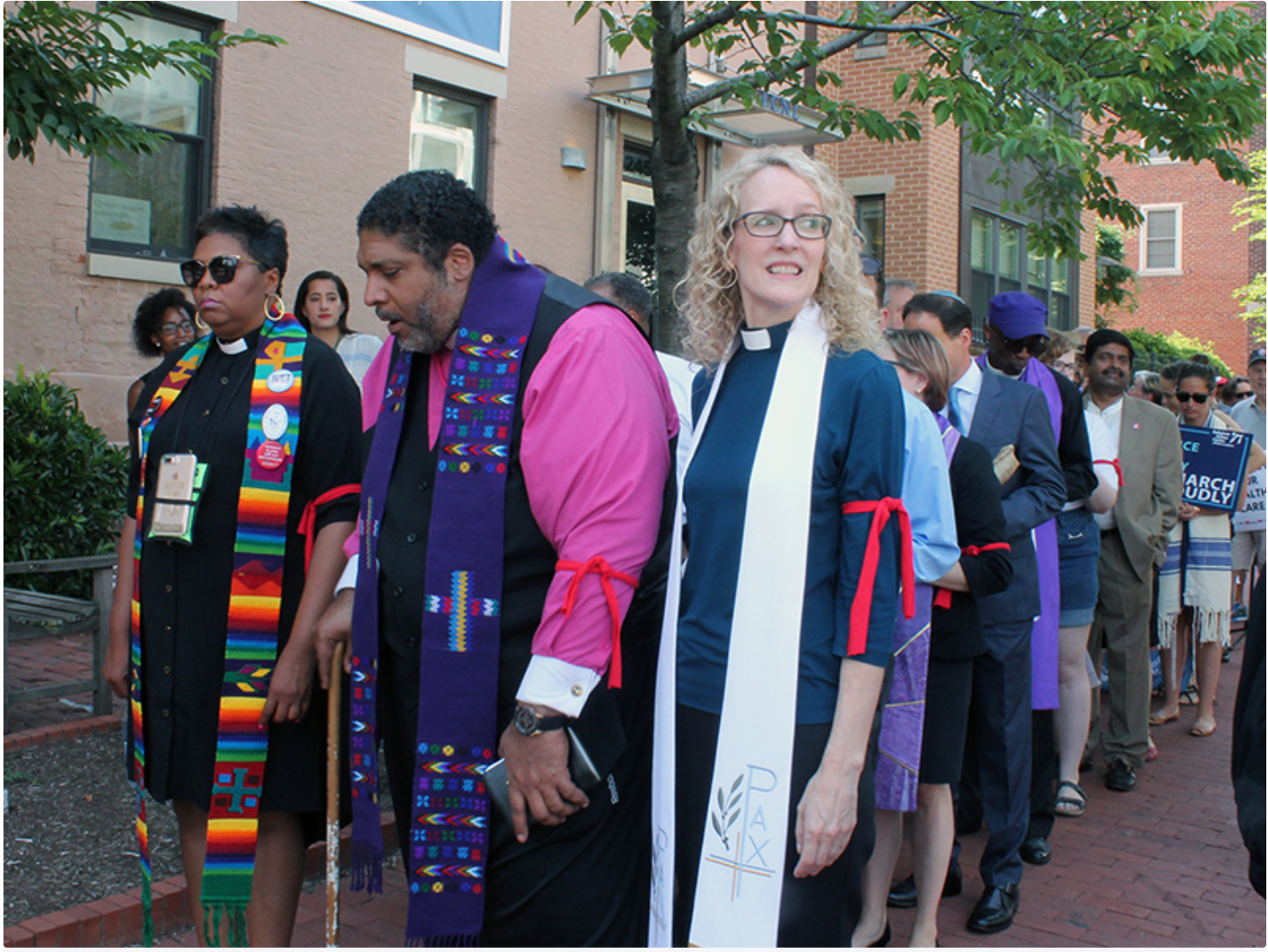
Signs of Resurrection
These signs were manifest for me through the “two Justins” of Tennessee--Rep. Justin Jones and Rep. Justin Pearson, the state legislators who alongside Rep. Gloria Johnson joined children protesting gun violence outside the assembly hall in response to a mass shooting at Covenant School in Nashville. I nearly missed it as I rushed to lunch but something made me stop, sit down and watch it live as one by one legislators began to step up and quote from scripture. These young Black men turned the nation’s attention away from denial and the reptilian brain, and toward a vision of who we can be. In the face of the senseless violence and despair of another mass shooting, the growing grassroots movement seeking justice and the prophetic witness of these legislators is a small form of resurrection – an incursion of hope. This protest and the young newly elected Justins did not just come out of thin air, though it may appear so. This particular resurrection no doubt had been growing unseen in the work of organizers and teachers to build communities committed to justice long before anyone saw how it was all adding up. Rebecca Solnit writes that hope is like mushrooms that spring up overnight but have in reality been growing in the darkness, hidden from view.
I experienced this type of hope-restoring community myself this past weekend at the Freedom Rising Conference sponsored by Middle Church in Manhattan. On a dark, rainy day in the womb of an ancient sanctuary we cried, sang and rejoiced, urging and supporting one another toward God’s liberative vision that both nourishes and calls us to action. Community and solidarity are the soil of freedom.
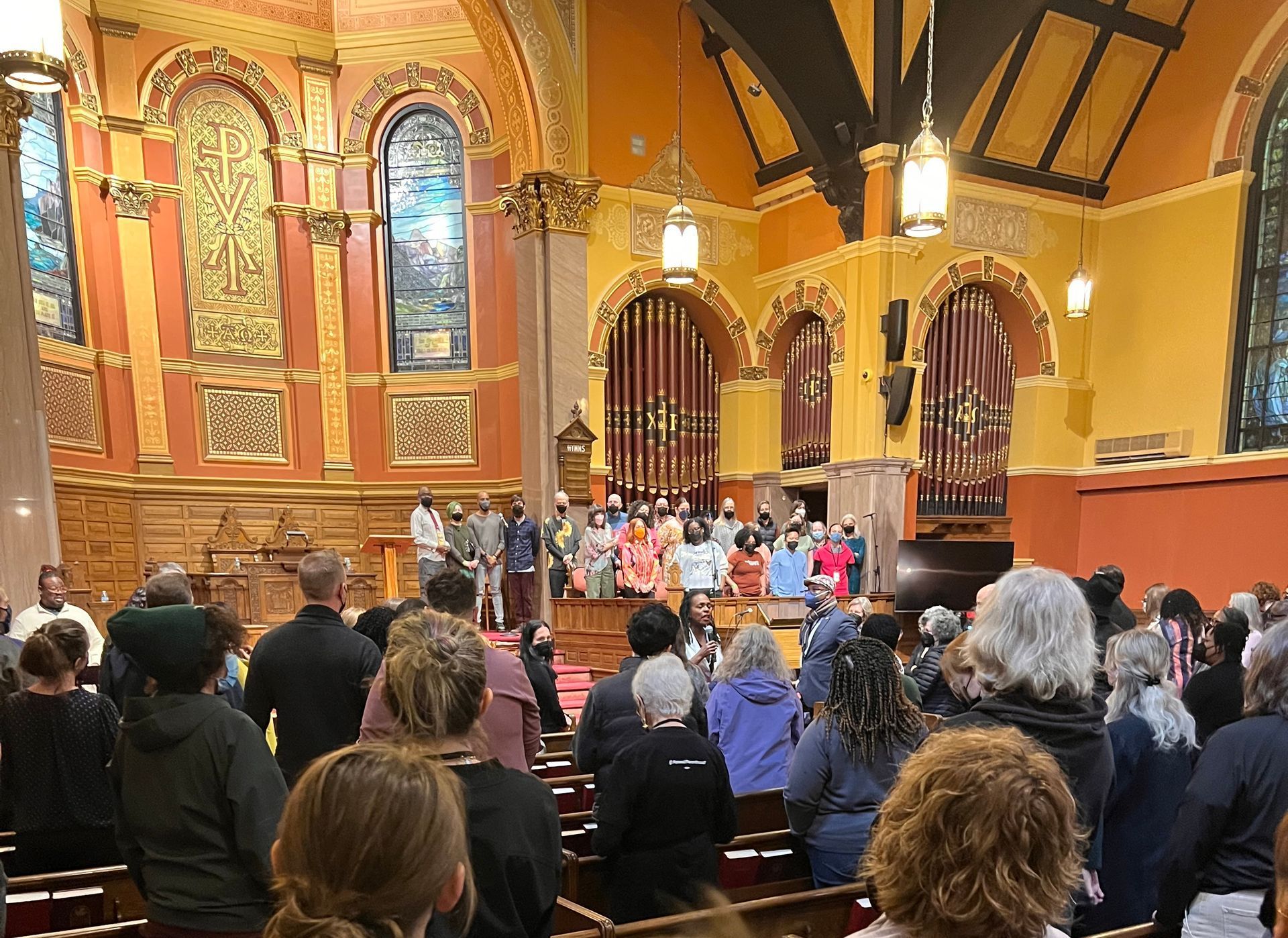
Be vigilant: look for resurrection.
It may be barely visible to the naked eye at times, but if you squint, and break bread with others traveling the same road, maybe you’ll be the first to see it. May God give us people to journey with as we search for resurrection, and may we pause long enough, suspend fear just enough, to see it.
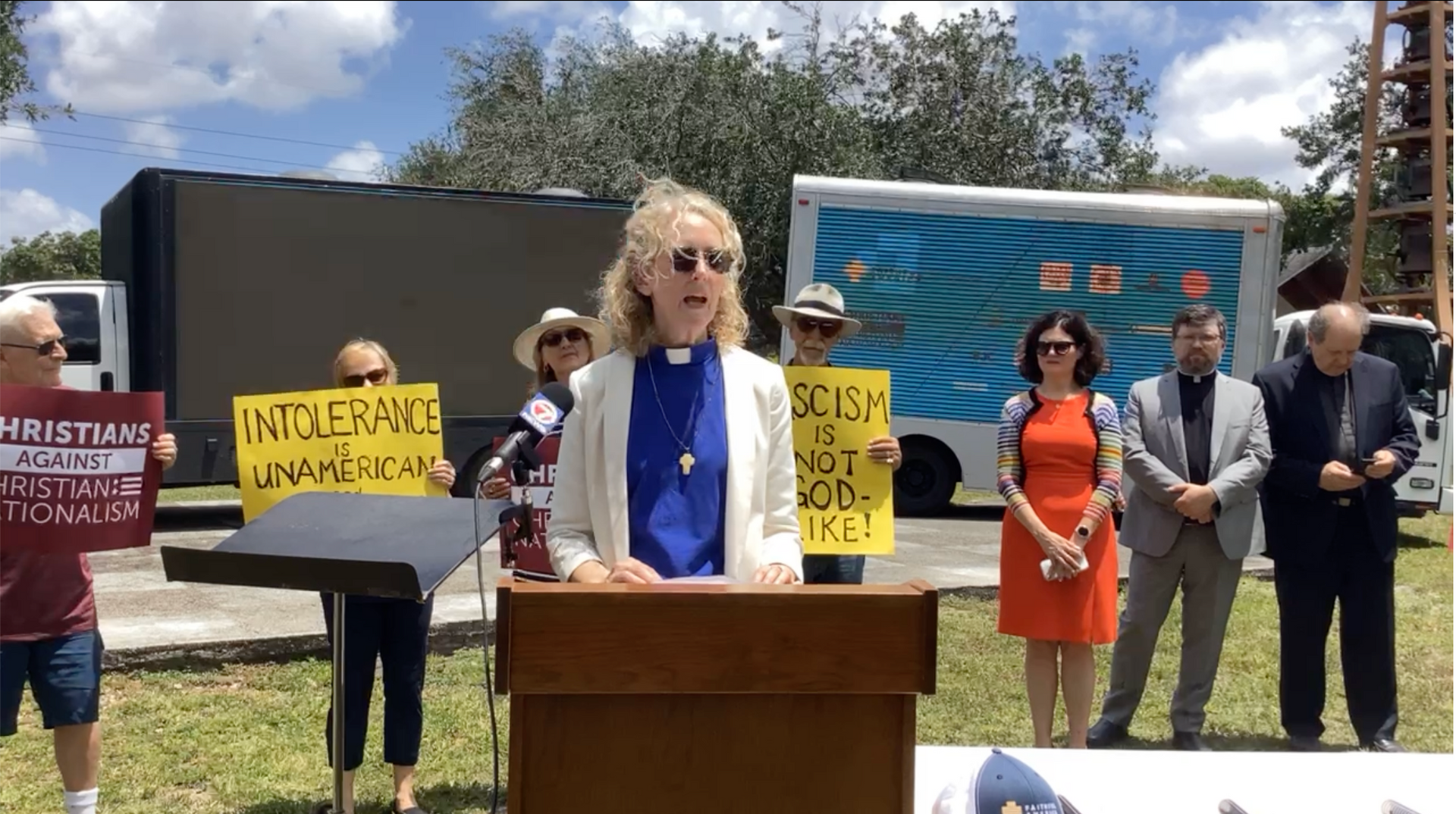
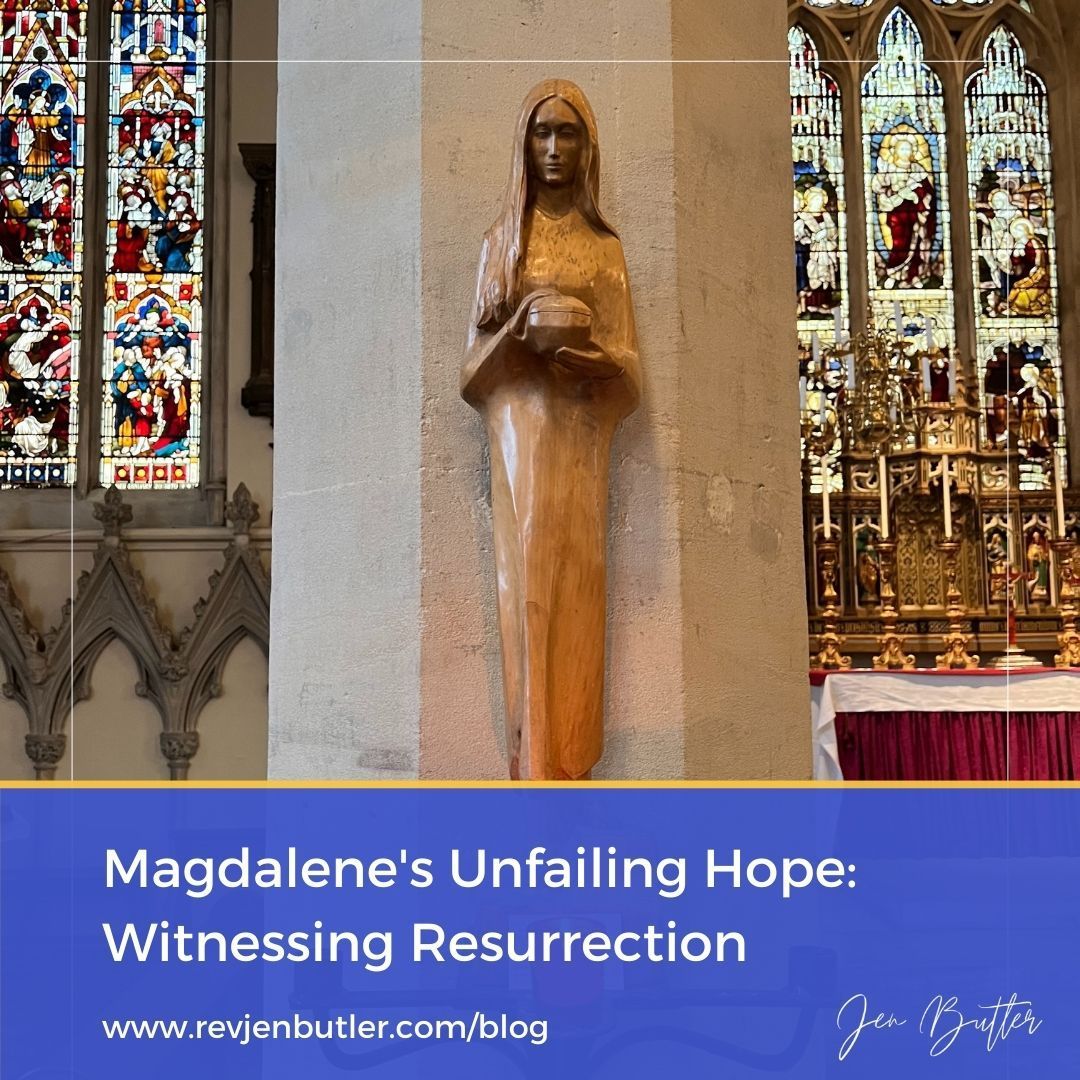
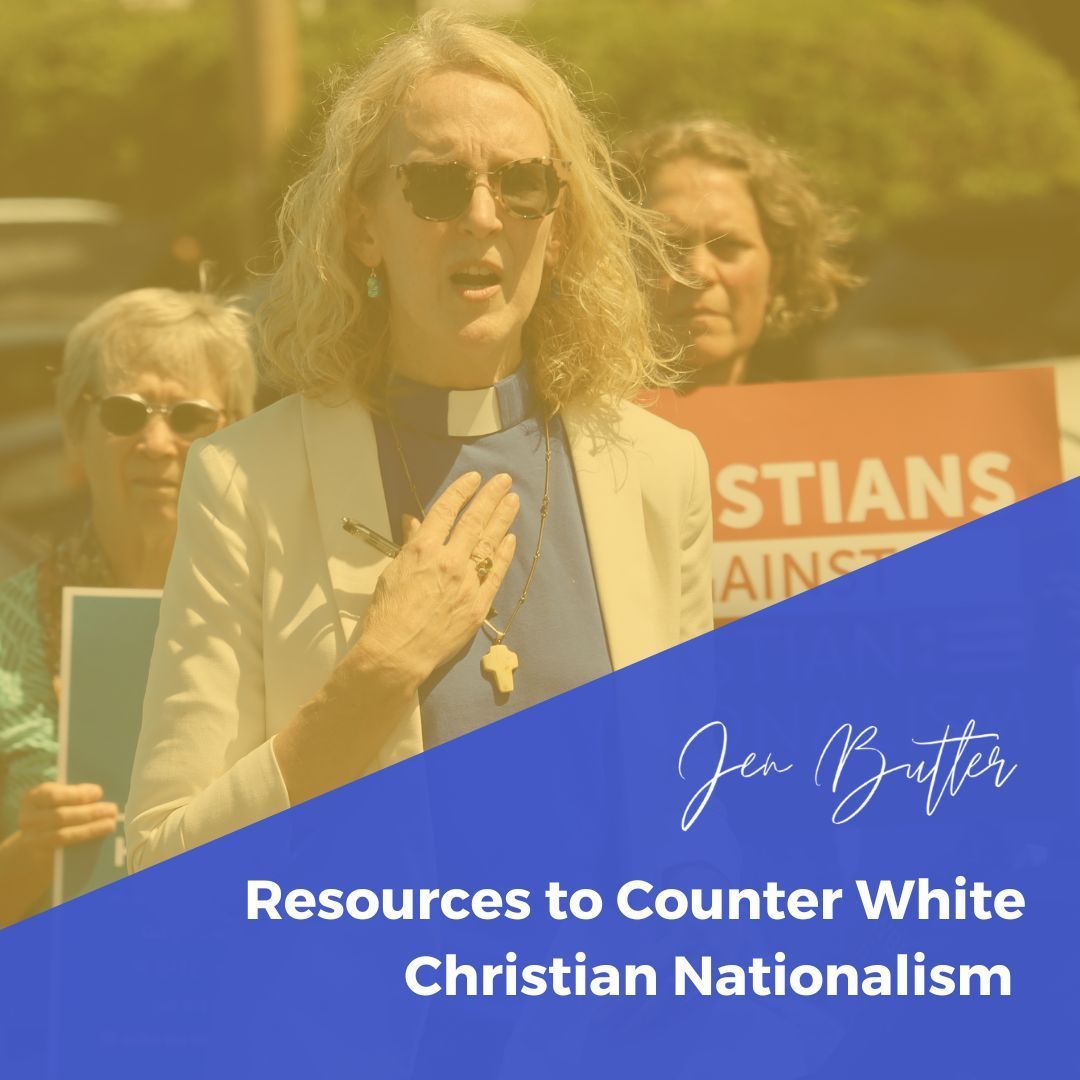
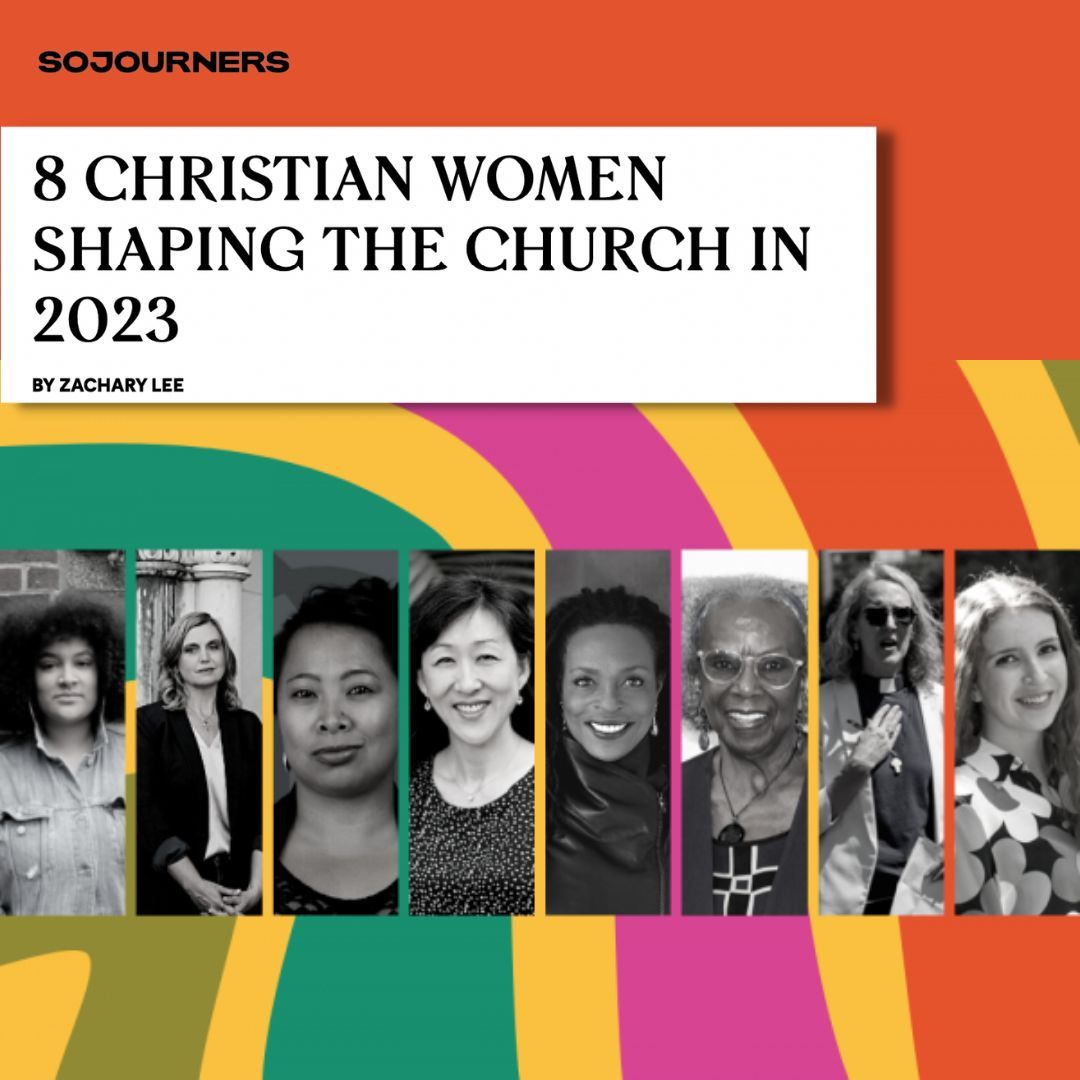
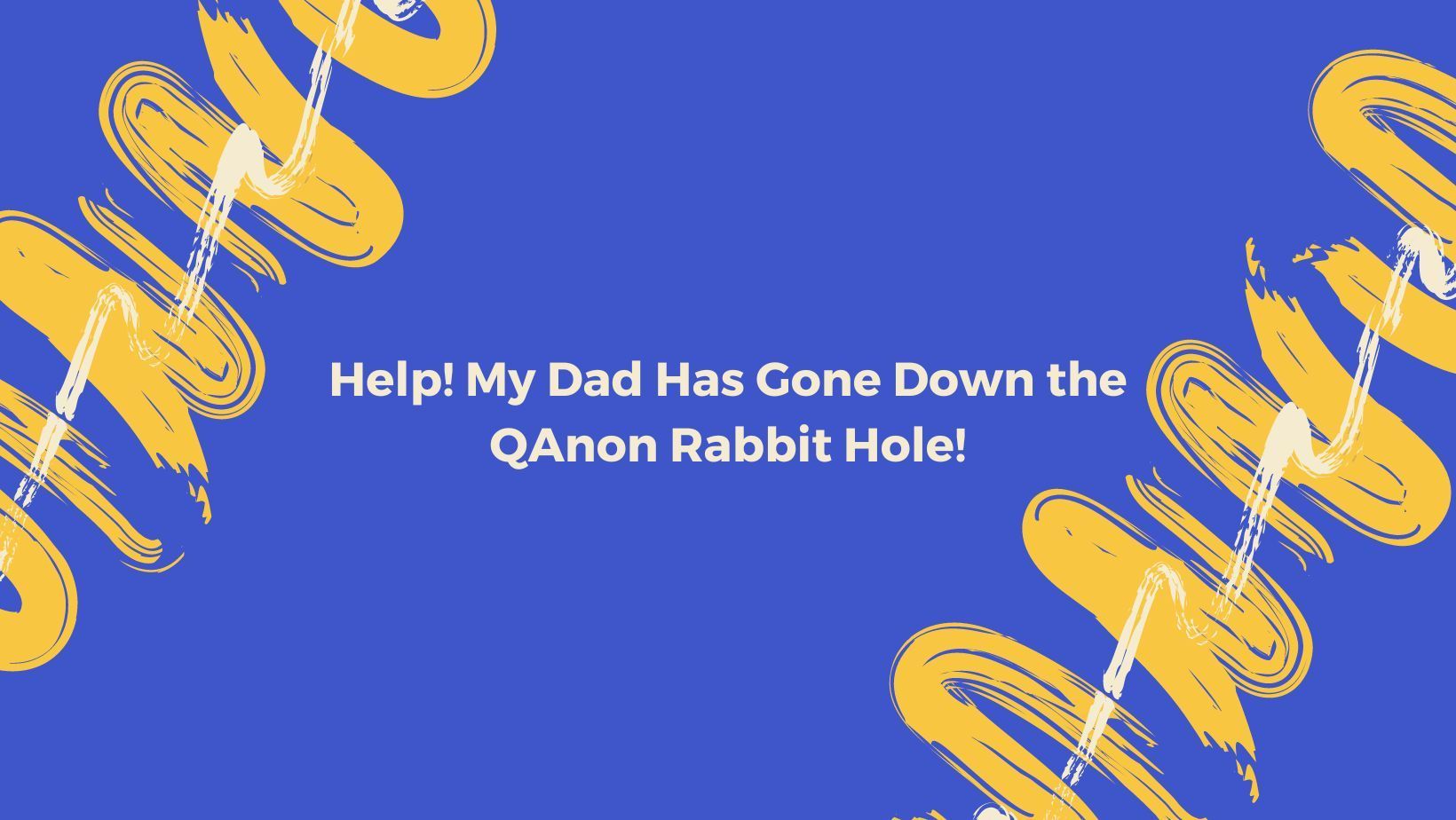
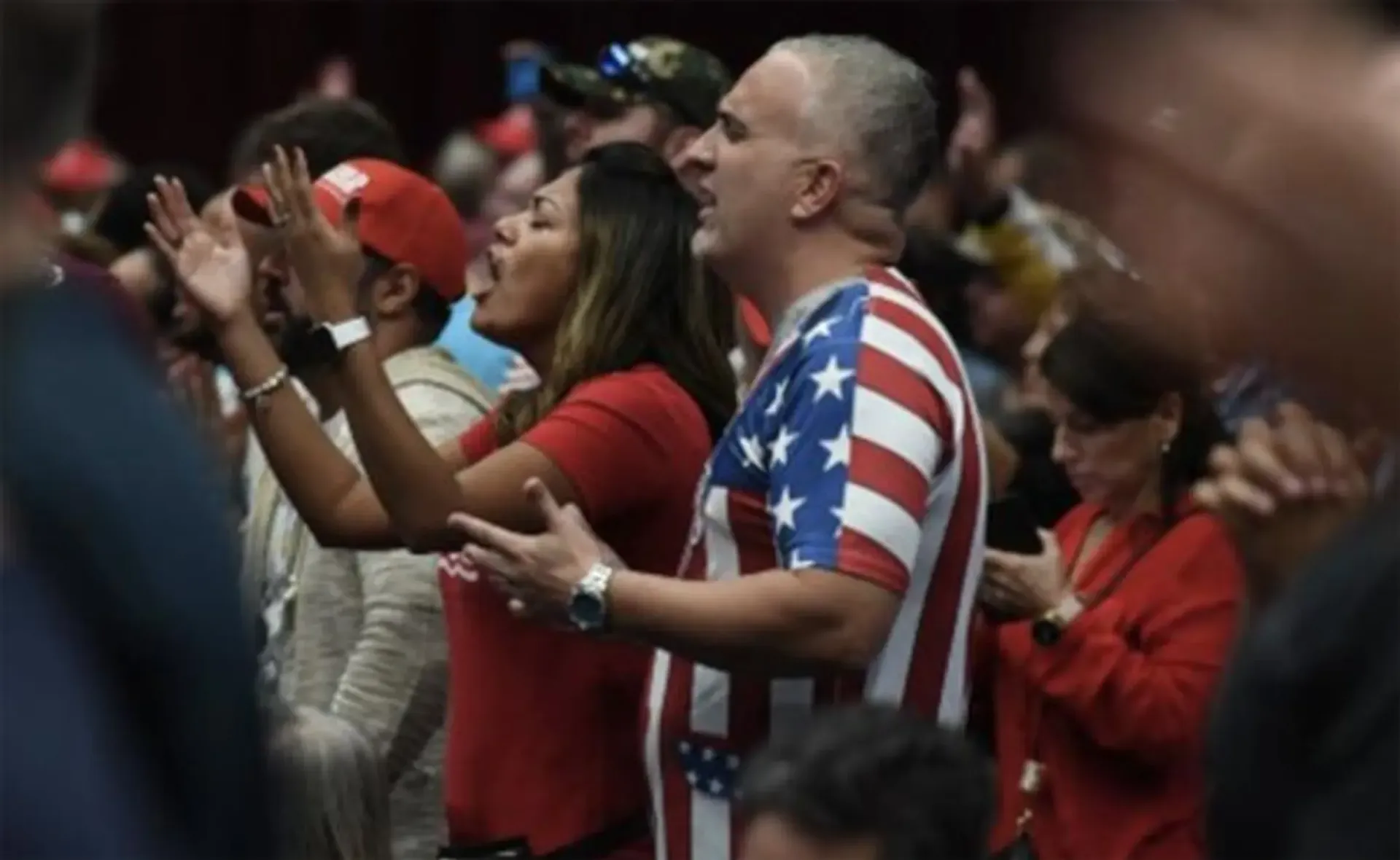
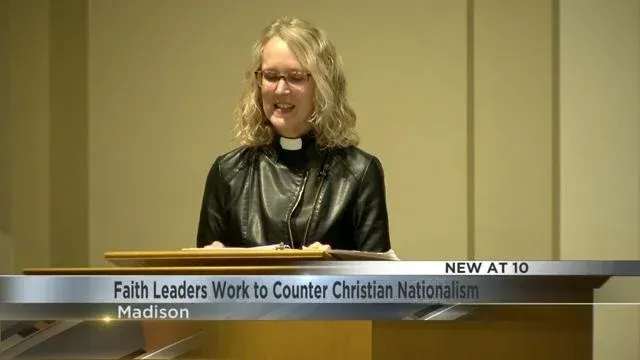
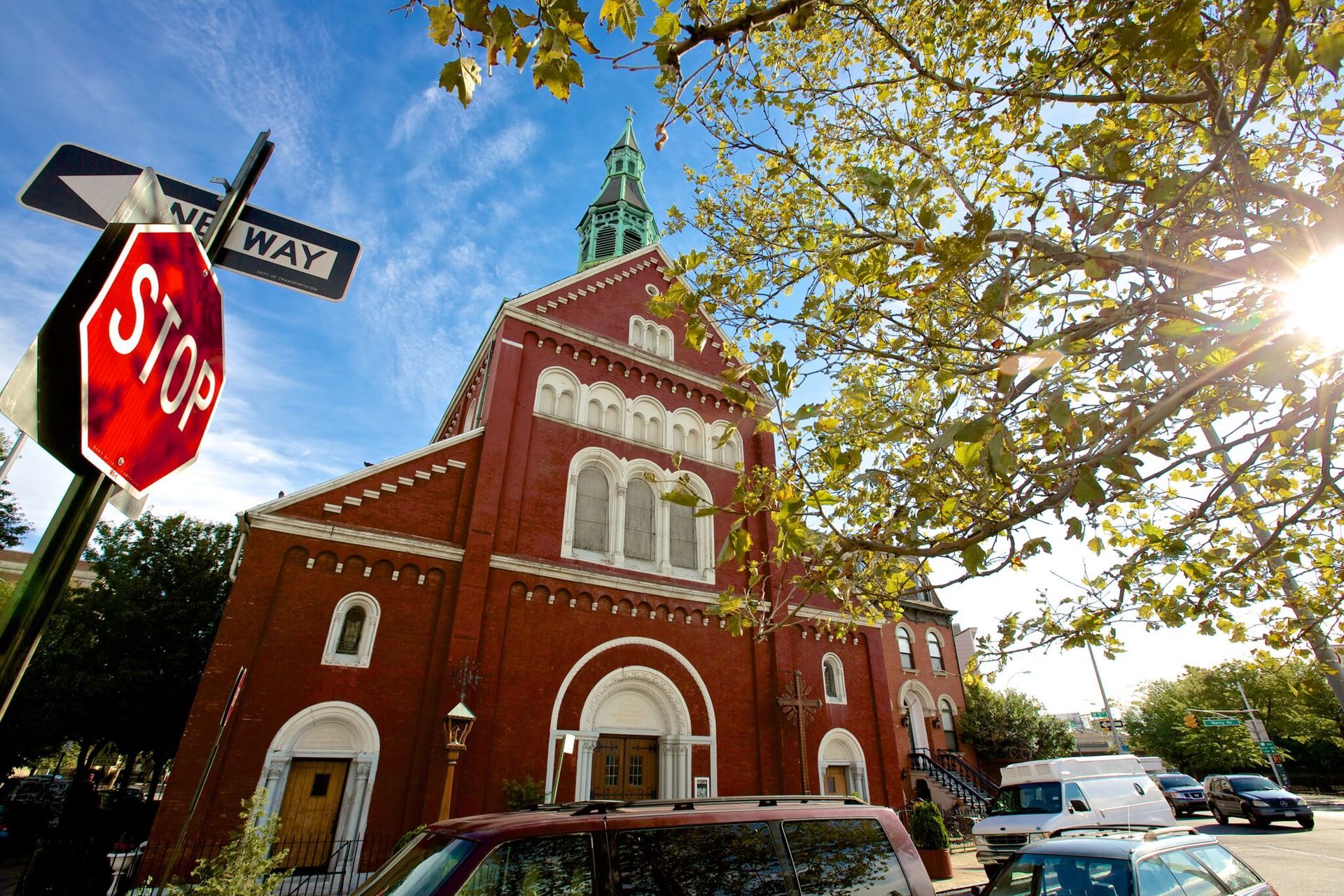
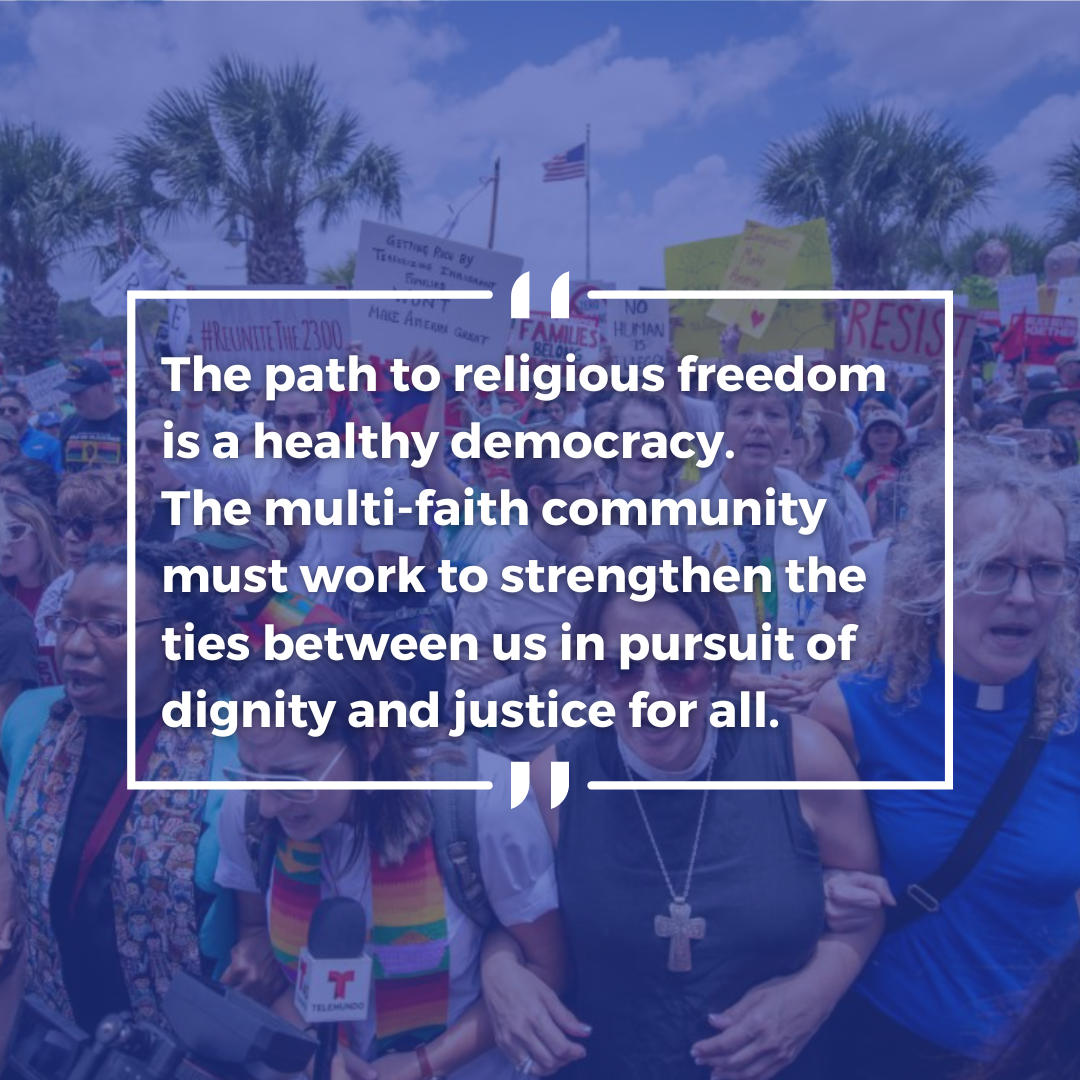
Sign Up
for Rev. Jen's email list to stay up to date on all of her work
Reverend Jen Butler | All Rights Reserved | Created by Olive + Ash | Managed by Olive Street Design
